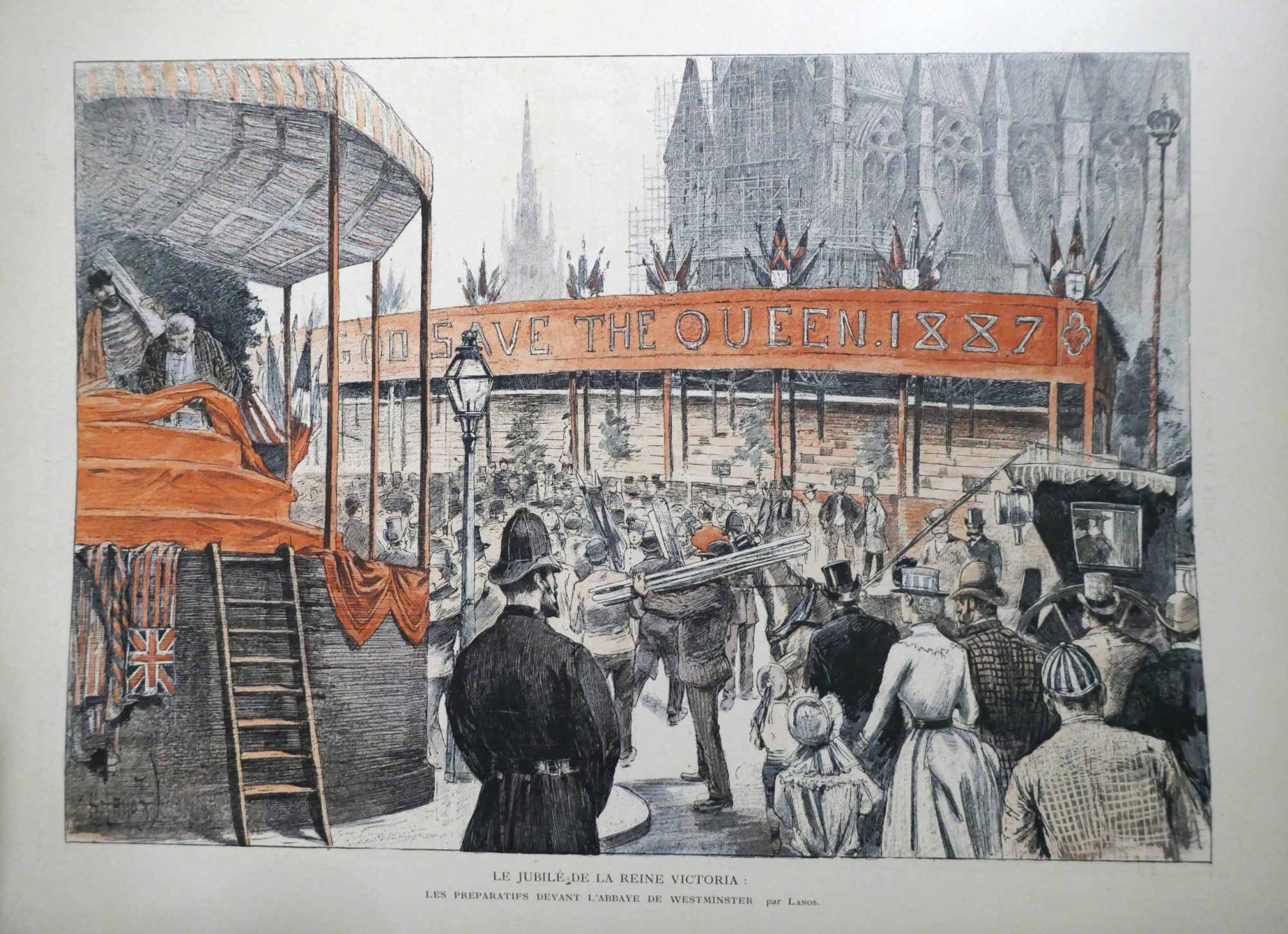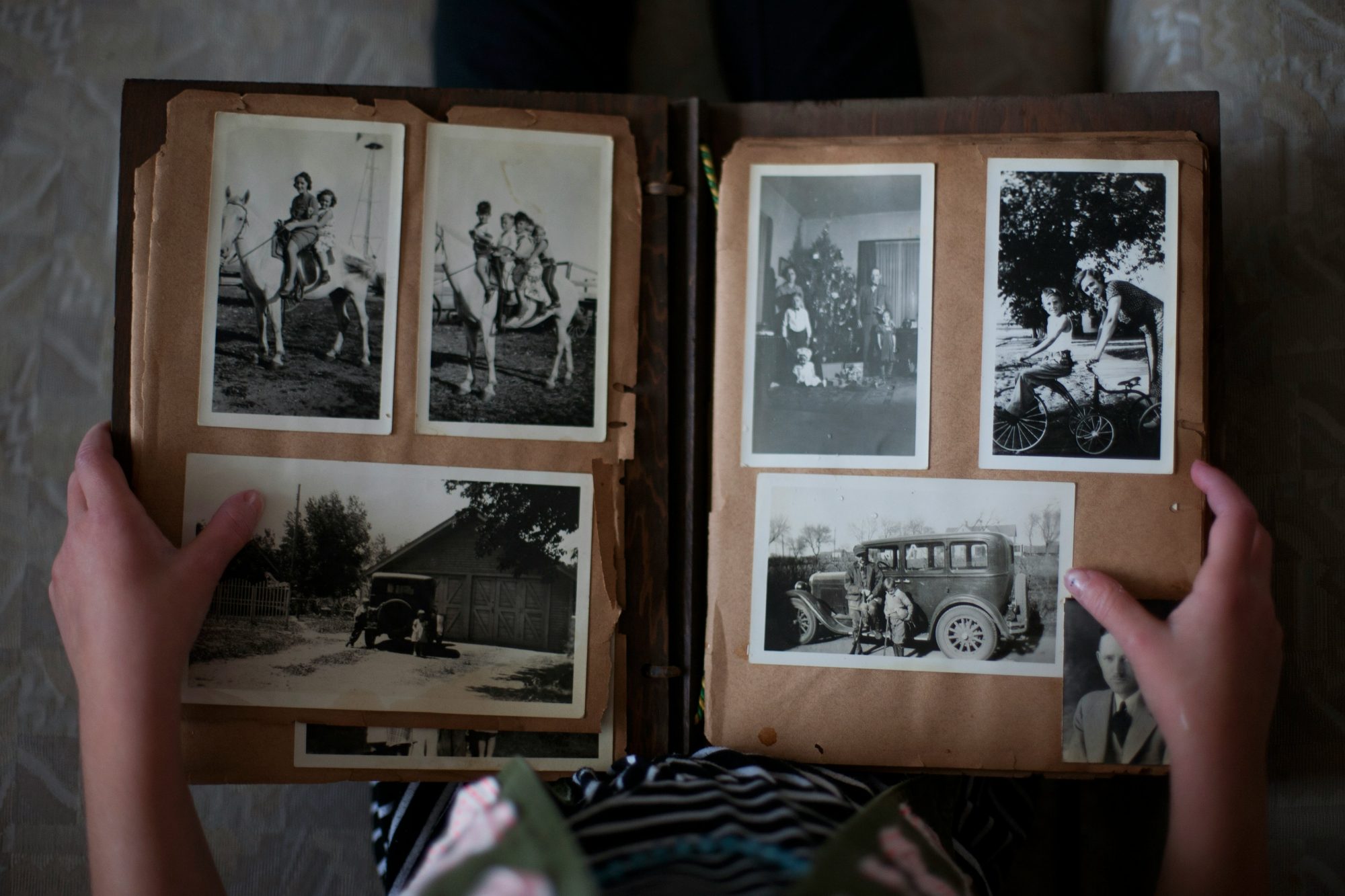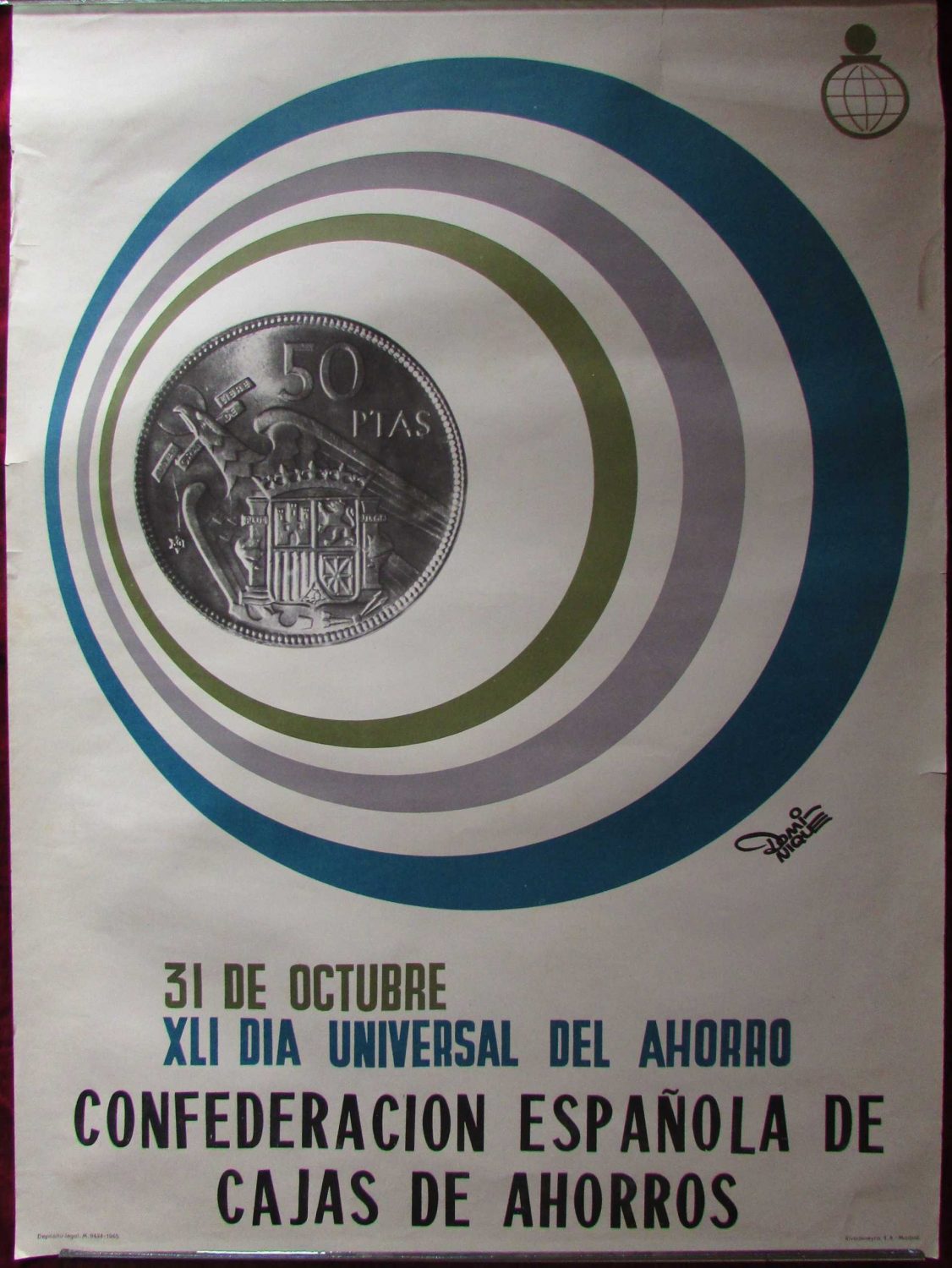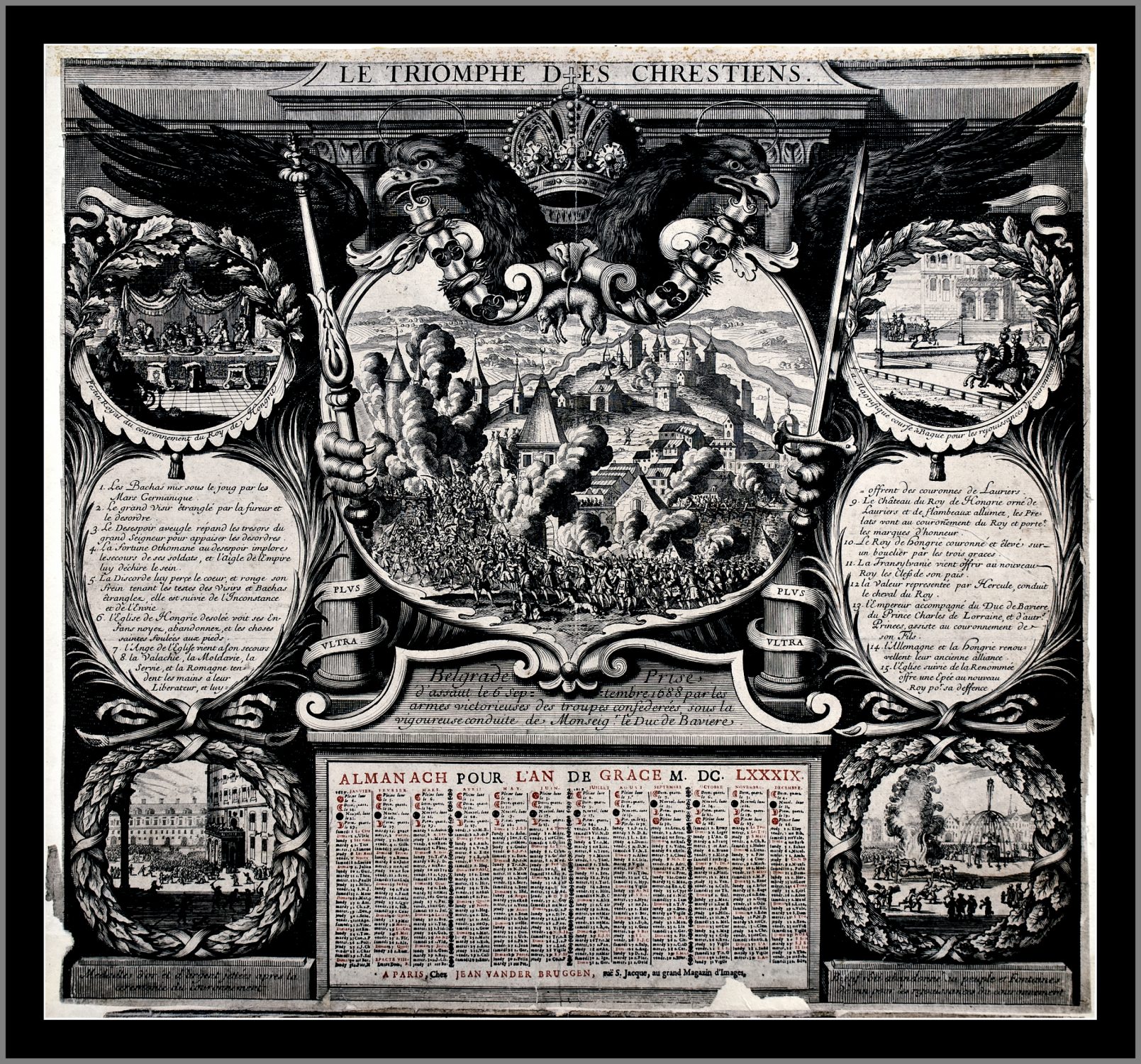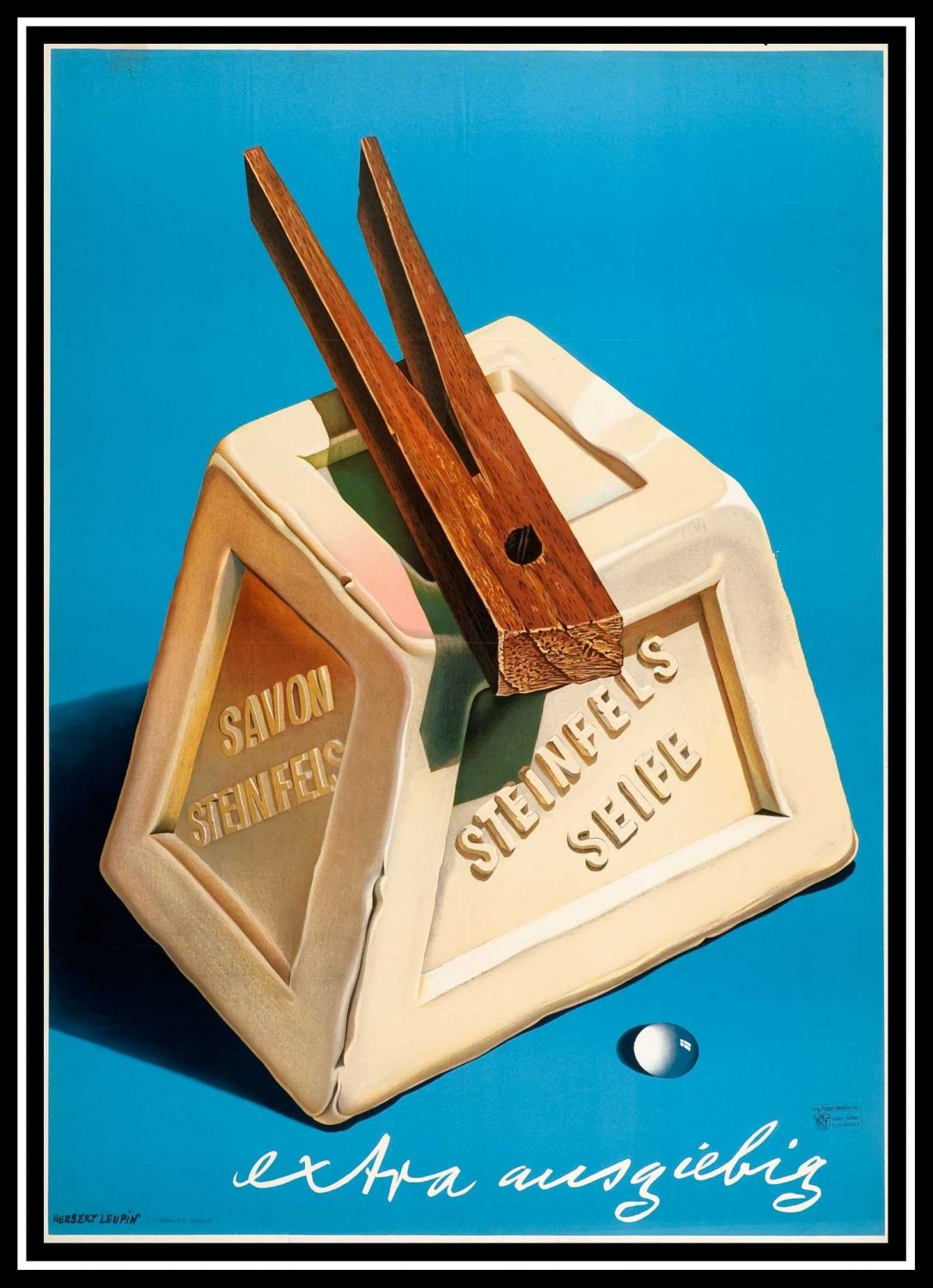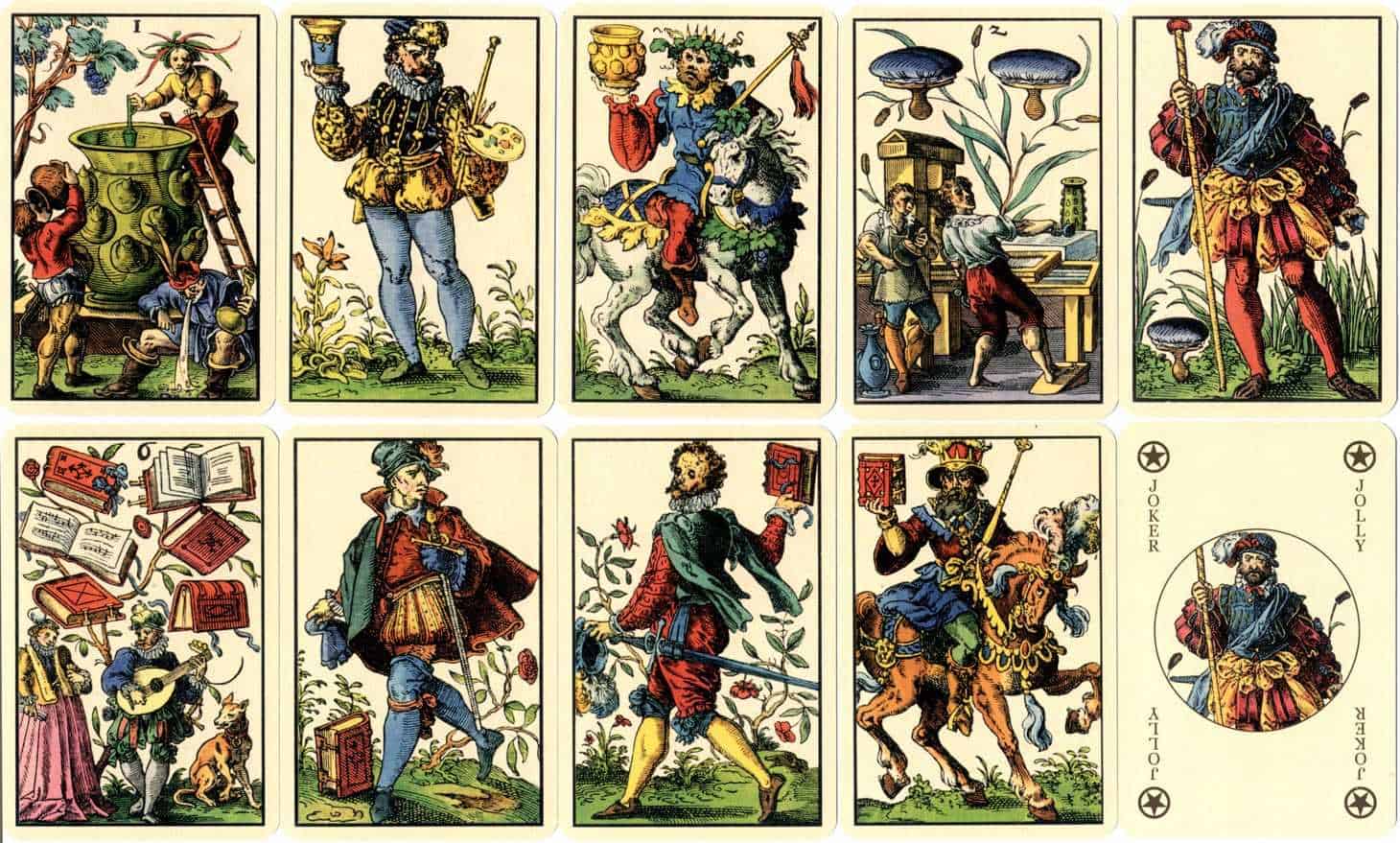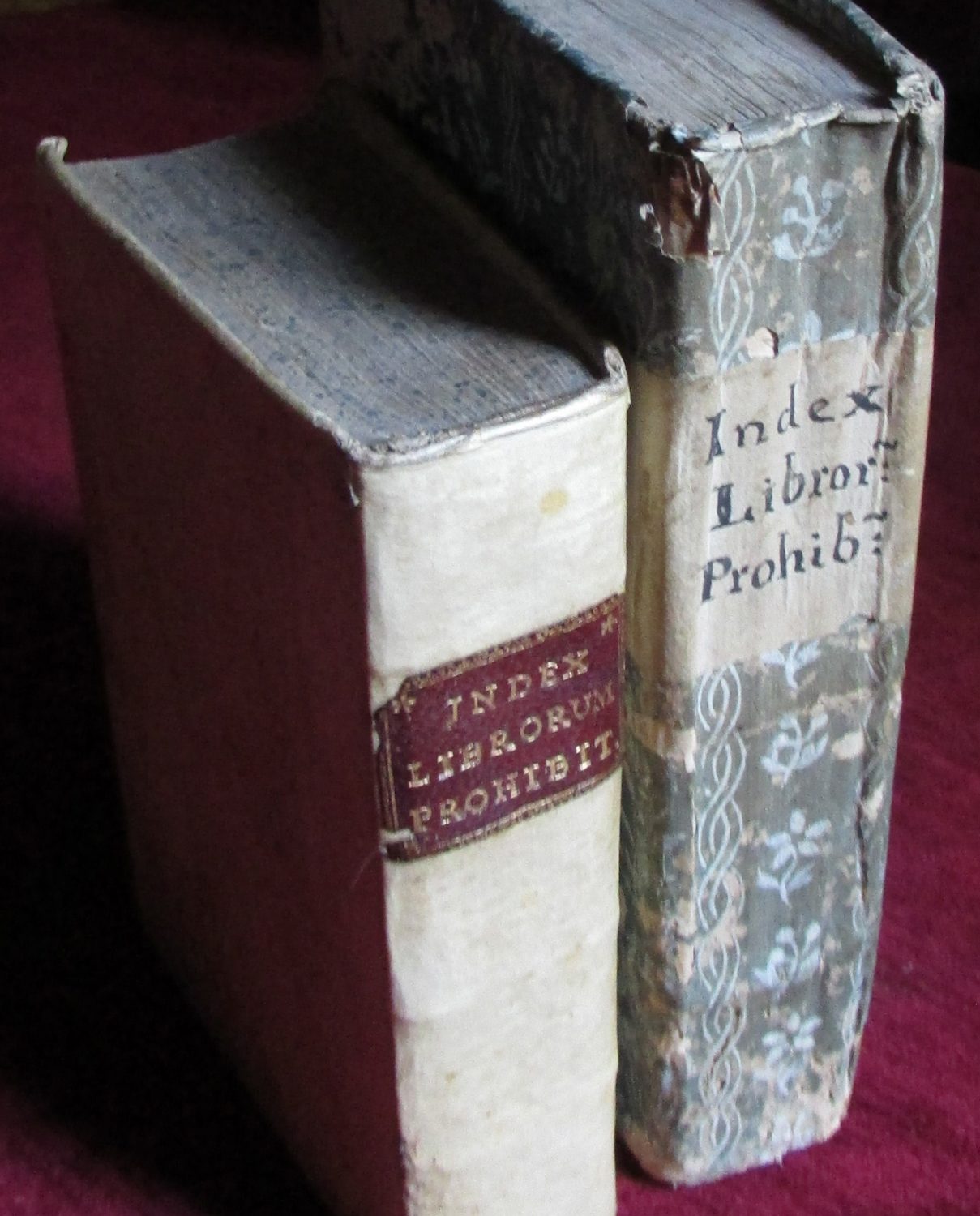Sheet Music Books
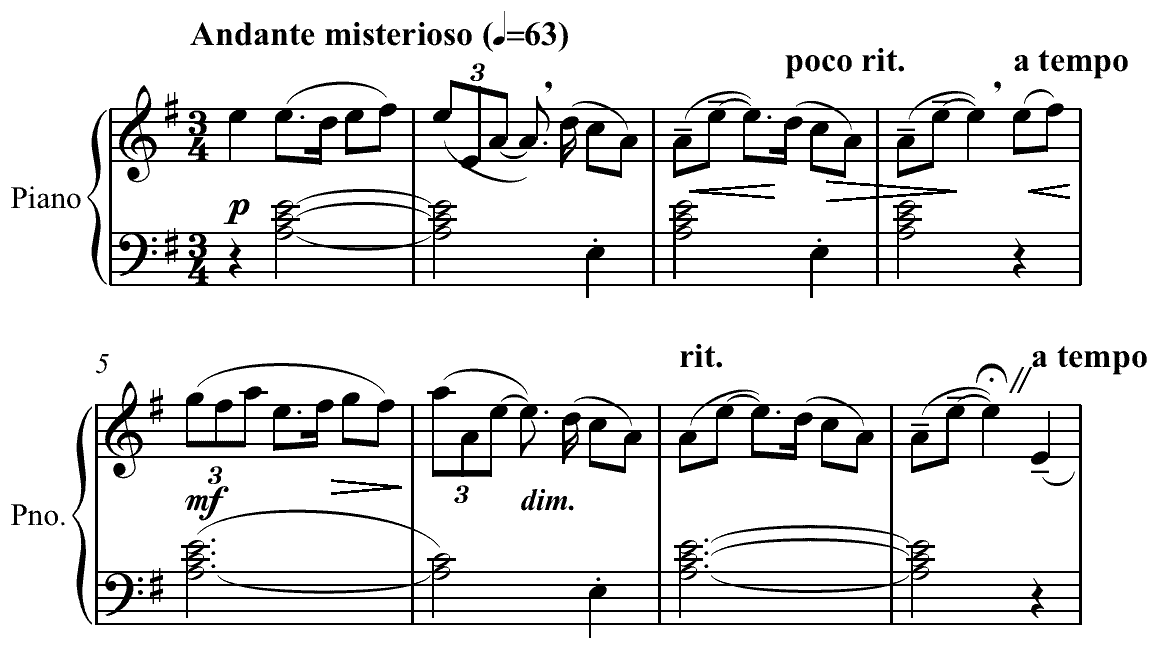
The beginnings
The invention of the printing press made sheet music very popular across the globe. The Mainz Psalter, published in 1457 is the first printed book to include music. However, the music sheet was filled in by hand. Music publishing began on a large scale in the mid-15th century. The earliest example is a set of liturgical chants from 1465. They were printed shortly after the Gutenberg Bible. Before this time, music had to be copied out by hand, which was a very grueling task. The scribes weren’t familiar with the music notation. The church usually hired scribes to preserve liturgical hymns. In cases of secular music, the scribes were appointed by the wealthy nobles.

Spread of the Mainz Psalter printed by Peter Schöffer and Johannes Fust in 1457. Finely preserved copy from the Royal Collection.
Development
The father of modern music printing is Ottaviano Petrucci, an Italian printer and publisher. He was able to secure a twenty-year monopoly on printed music in Venice. He used the triple-impression method, in which a sheet of paper was pressed three times. The first impression was the staff lines, the second the words, and the third the notes. This method produced very clean results, though it was time-consuming and expensive.
Music notation continued to develop in the Romantic music era (1820-1900), along with the development of new musical instruments and technologies.
Ancient sources
However, music notation is as old as writing itself. The first accounts of music notation were found in a cuneiform tablet originating in Nippur (today’s Iraq), approximately 2000 BC. And at the time, the lyre was the most popular instrument. But, the ancient Greeks had their own system. It was in use between the 6th and 4th century BC. The Seikilos epitaph is the oldest surviving complete musical composition. It includes musical notation from the 1st century AD.
Today, many modern musicians around the world reproduce their music sheets on digital appliances. Like with ebooks, there is a debate whether this is better than having the physical product in your hands. One thing is sure, a lot of music sheet page-turners lost their jobs because of this. So they believe that a music sheet printed on paper is the only way to keep your music notated.
Thank for reading. Feel free to check out some of the music sheets from our store.



